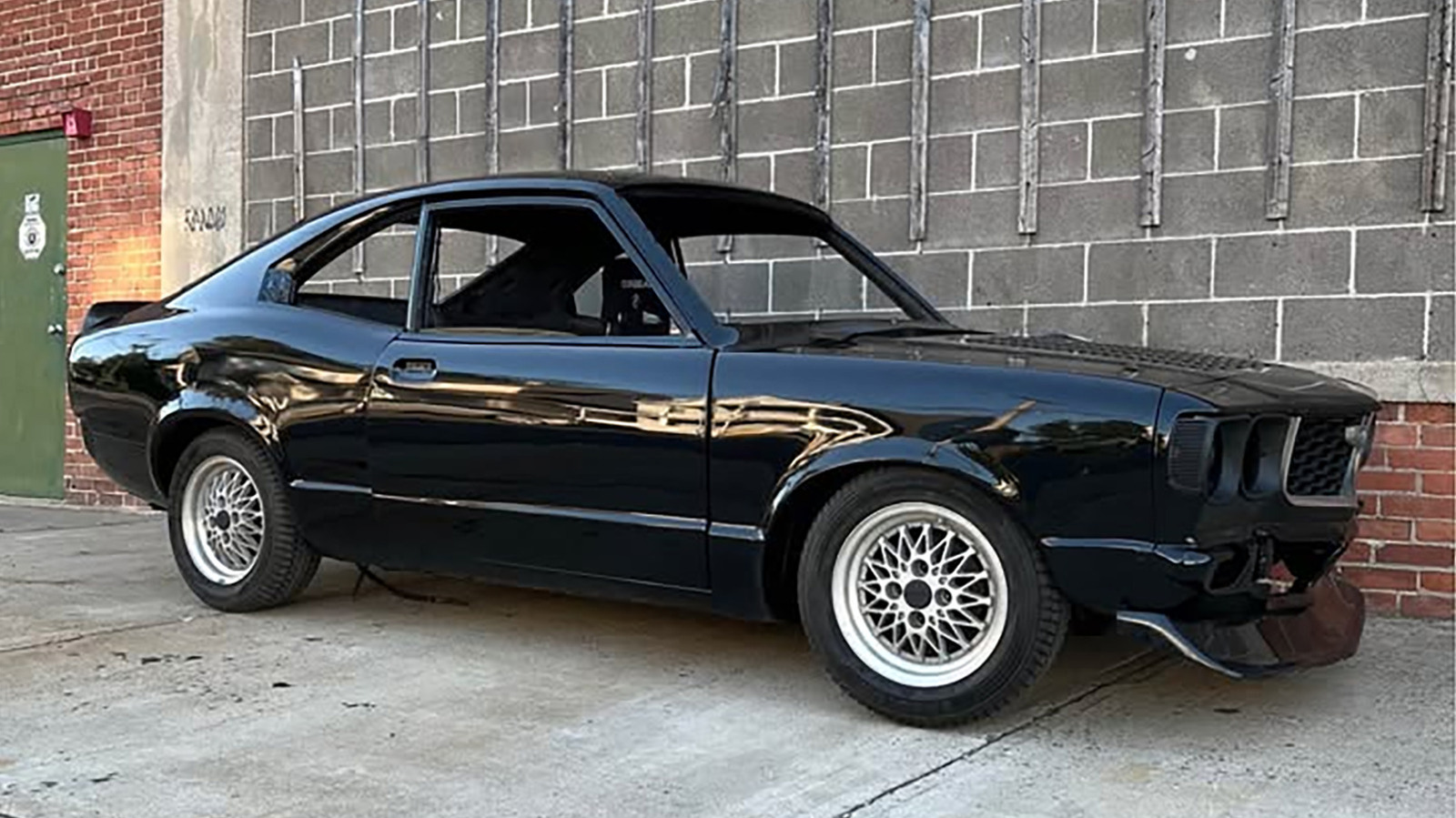What Makes a Three-Rotor Mazda RX-2 So Special?
Ever wondered what sets a three-rotor Mazda RX-2 apart from the usual suspects at the drag strip? It’s not just the distinctive wail of that rotary engine, though that’s certainly part of the magic. The real draw is the engineering ambition behind squeezing a third rotor into a chassis that was never meant to handle it. In the world of classic Mazdas, most RX-2s left the factory with a two-rotor setup. But when someone goes the extra mile—literally and figuratively—to build a three-rotor engine, you’re looking at a car that’s both a technical marvel and a rare sight.
Why Do Enthusiasts Obsess Over Professionally Built Rotary Engines?
Let’s be honest: rotary engines have a reputation for being both exhilarating and finicky. That’s why the phrase “professionally assembled” carries serious weight. A well-built three-rotor isn’t just about stacking an extra rotor on top. It’s about balancing, porting, and tuning every component so the engine can handle the stress of high-rev launches and sustained power pulls. According to rotary specialists, a properly assembled three-rotor can produce upwards of 600 horsepower on race fuel—enough to push a lightweight RX-2 deep into the 9-second quarter-mile range. That’s supercar territory, but with a soundtrack and character all its own.
How Does a Quarter-Mile Monster Handle on the Street?
You might picture a car like this as a one-trick pony, only good for straight-line sprints. But here’s the twist: many builders aim for a balance between drag strip dominance and street usability. With the right suspension tweaks and a careful approach to power delivery, it’s possible to create an RX-2 that’s surprisingly civil around town—until you bury the throttle, of course. Some owners even swap in modern coilovers and upgraded brakes to tame all that extra speed. It’s a delicate dance, but when done right, you get a car that’s just as happy cruising to a weekend meet as it is tearing down the strip.
What’s the Real-World Experience of Owning a Project Like This?
Let’s not sugarcoat it: finishing a high-powered RX-2 build is a labor of love. Parts can be hard to find, and tuning a three-rotor to run reliably takes patience (and sometimes a bit of trial and error). But the payoff? There’s nothing quite like the moment you line up at the lights, knowing your car’s got the guts to run a 9-second quarter-mile. Owners often talk about the sense of accomplishment that comes from seeing a project like this through—especially when the car turns heads everywhere it goes.
How Does This RX-2 Compare to Other Classic Drag Cars?
While American muscle cars dominate most drag strips, a rotary-powered RX-2 brings something different to the table. The power-to-weight ratio is off the charts, and the unique way a rotary engine delivers power means acceleration feels almost electric. Plus, the rarity of a three-rotor build ensures you’ll stand out, even in a sea of big-block Chevys and turbocharged imports. It’s not just about raw numbers—it’s about the story your car tells every time you fire it up.
What Should You Watch Out for If You’re Considering a Build or Purchase?
If you’re tempted to dive into the world of high-powered rotaries, do your homework. Look for evidence of professional assembly—receipts, dyno sheets, and a builder’s reputation matter. Pay attention to cooling and fueling upgrades, since these engines run hot and demand precise tuning. And don’t forget about the transmission and rear end; all that extra power will find the weakest link fast. It’s wise to connect with the rotary community—forums, clubs, and local experts can be invaluable resources when you hit a snag.
The Big Takeaway
Chasing 9-second quarter-miles in a three-rotor RX-2 isn’t about perfection—it’s about smarter adjustments. Start with one change this week, and you’ll likely spot the difference by month’s end. Whether you’re wrenching in your garage or just dreaming about your next project, remember: the real thrill comes from the journey, not just the finish line.


